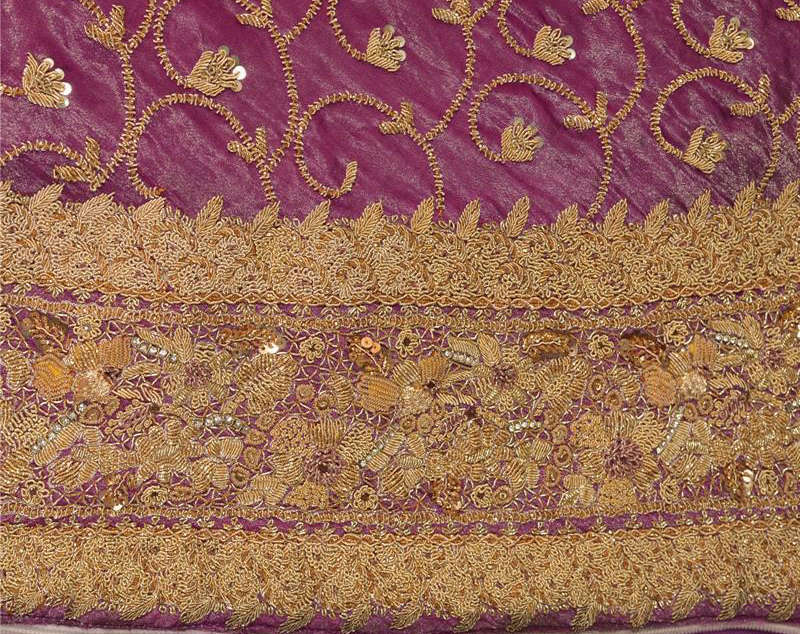===
0745,
1
===

=== |
 |
kyaa tuu namuud kis kii kaisaa kamaal teraa
ai naqsh-e vahm aayaa kiidhar ;xayaal teraa
1) what are you? a manifestation/appearance/show, of whom/whose? what kind of excellence is yours?
2) oh shape of/in an illusion, indeed/perhaps/whether-- in what direction is {your thought/idea / the thought/idea of you}?
namuud : 'The being or becoming apparent, visibleness; appearance;—prominence, conspicuousness; —show; —affectation; —display; —pomp; —honour, character, celebrity; —an index; a guide; —proof; a frontispiece'. (Platts p.1154)
naqsh : 'Painting; colouring; drawing; designing, &c.; —delineation; —embroidery; —a painting, a picture; portrait; drawing; a print; a carving, an engraving; a map, or plan (com. naqshah ); a design; —an impression; a stamp; a mark'. (Platts p.1145)
vahm : 'Thinking, imagining, conceiving (esp. a false idea); —opinion, conjecture; imagination, idea, fancy ;—suspicion, doubt; scruple, caution; distrust, anxiety, apprehension, fear'. (Platts p.1205)
aayaa : 'interrog. particle, Whether or not, whether; —intj. Ha! O! ho! I say! hark you!'. (Platts p.111)
FWP:
SETS == GENERATORS; IZAFAT; KA/KE/KI; WORDPLAY
MOTIFS == PERSONIFICATIONS
NAMES
TERMS == IHAM; INSHA'IYAH; WORDPLAYThis verse is so elaborately convoluted and 'generative' that it deserves to have every single wrinkle in its grey matter charted.
The first line can be:
1) a series of genuine questions: 'What are you? Of whom are you a manifestation? What kind of excellence is yours?'
2) a series of rhetorical questions expressing disdain or contempt: 'What are you?! Of whom are you a manifestation? What kind of excellence is yours?'
3) a series of exclamations of amazement or admiration: 'What you are! Of whom you are a manifestation! What kind of excellence is yours!'And of course, 'manifestation' is only a place-holder: just look at the definition of namuud given above, and choose your favorite set of possibilities; you can have anything from 'visibleness' through 'honour' to 'guide'.
By no coincidence, the second line is well able to accommodate any of those readings. Thanks to its beautifully versatile i.zaafat , the naqsh-e vahm can be:
a shape that is an illusion, or illusory (that is, a shape that doesn't really exist)
a shape that is that of an illusion (that is, an image or depiction of an illusion)
a shape that has been created by an illusion
a shape that belongs or pertains to an illusion in some other wayAnd just to multiply the ambiguities even further, look at the definitions of naqsh and vahm given above. You can substitute your favorite meanings in both cases, and get anything from 'a painting of a fancy' to 'an impression of anxiety'.
The vocative means that the addressee could also be the beloved, who's being addressed as naqsh-e vahm because of her fatal, treacherous, almost impossible beauty. There's also a nice smooth echo between the vocative ai , and aayaa ; phonetically, the latter seems to grow naturally out of the former. The colloquialness-- and untranslatability (see Platts's attempt at a definition above)-- of aayaa is a vigorous idiomatic touch. (It's also tempting to read aayaa as 'came', but then we'd need kidhar se , so it really doesn't work.)
Note for fans of grammar and translation, on the POSSESSIVE: This verse is a textbook case of a particular sort of ambiguity that cannot be resolved in Urdu as readily as it can in English: the distinction between 'your thought', 'your idea', 'your picture' (which is in your possession) on the one hand, and 'the thought of you, the idea of you, the picture of you' (which is in someone else's possession) on the other. For more on this ambiguity, with an array of examples from Ghalib, see G{41,6}.
Thus In the present verse, ;xayaal teraa can be either 'the thought of you' (located in my head, and concerned with you) or 'your thought' (located in your head, with contents unspecified). In verses as abstract and undecidable as this one, it's really impossible to rule out either reading.
Similarly, kis kii namuud presents the same kinds of problems and poetic opportunities. It's impossible to say whether it means 'the manifestation of whom?' (that is, of someone directly showing or revealing himself or herself); or 'whose manifestation?' (that is, the manifestation made by, or belonging to, or otherwise pertaining to its owner). The former sounds like an avataar in the Hindu sense; the latter could describe the work of an animation studio. The 'of whom'/of whose' distinction can be readily made in English, but in Urdu it would require an additional explanatory phrase. This flexibility is a function of the general fact that kaa/ke/kii is usually as versatile as an izafat, so that the speaker could be referring to a manifestation that is 'of' someone, or was made by someone, or belongs to someone, etc.